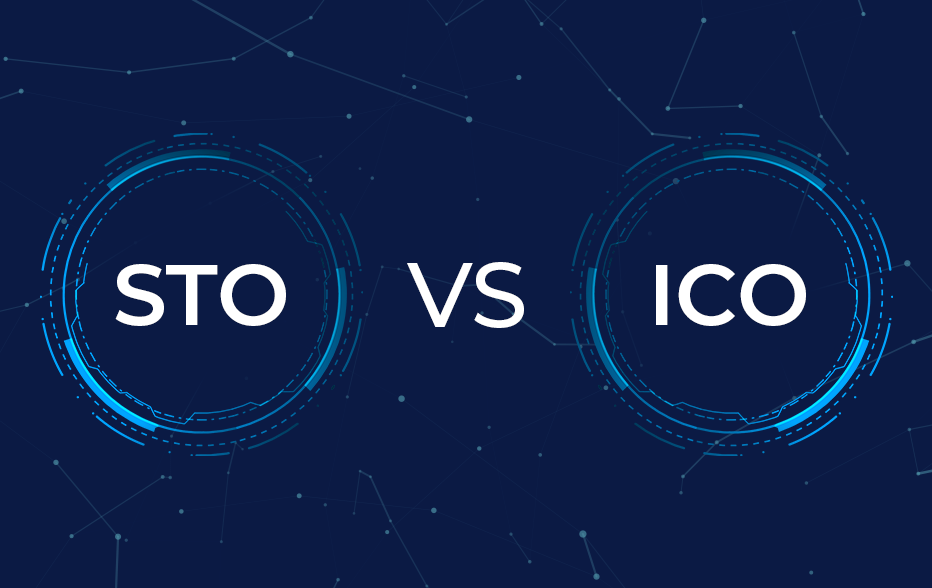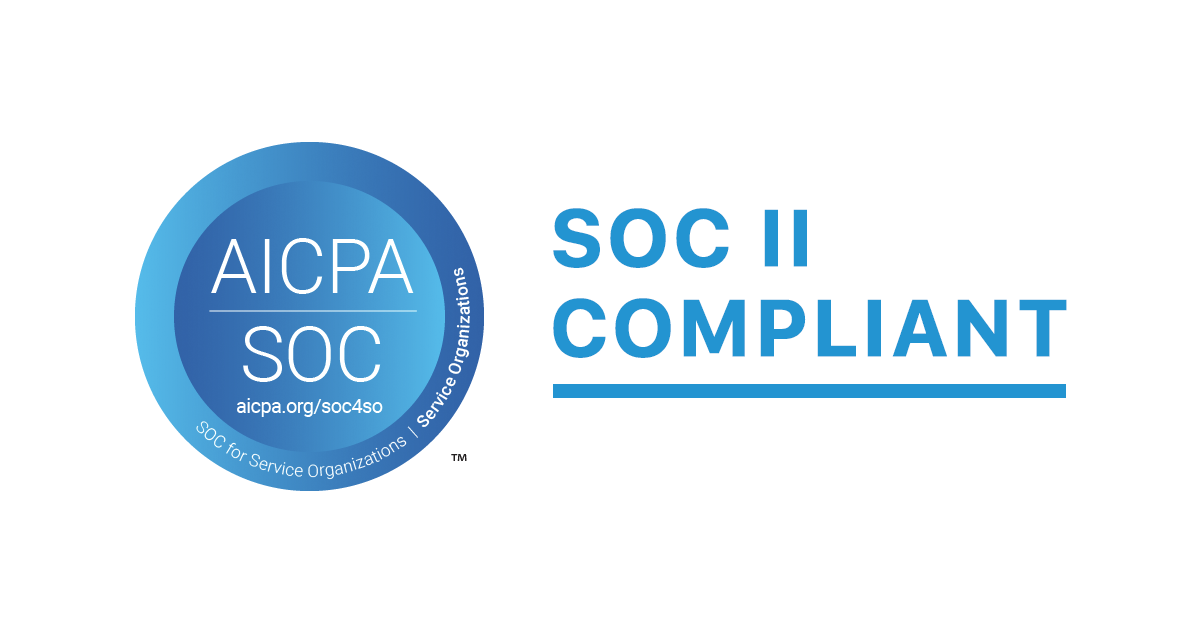Web3 Fundraising Checklist: An Ultimate Guide for Web3 Companies Raising Capital
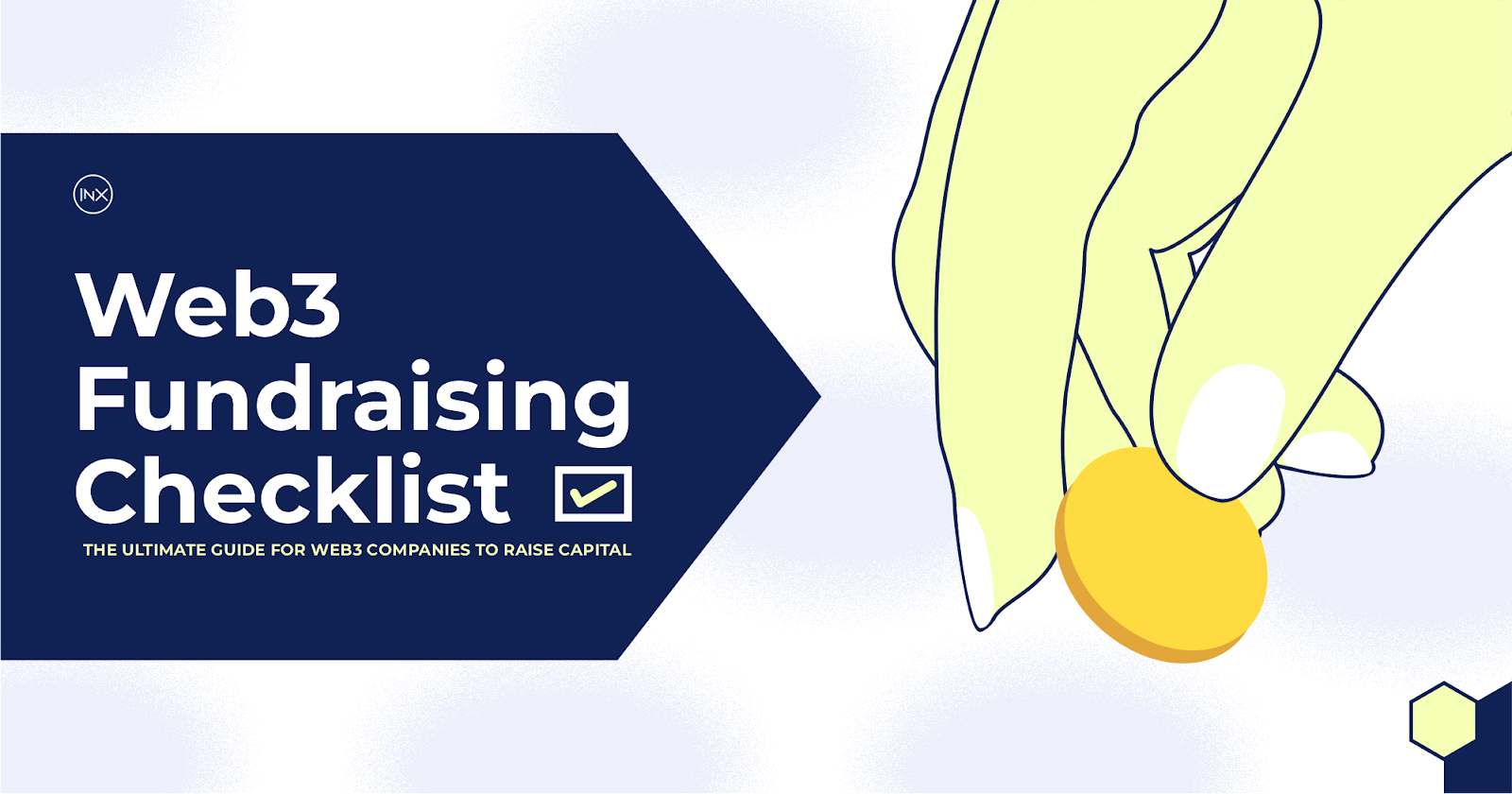
Fundraising is the most essential part of building your Web3 business. While Web3 offers new and creative fundraising methods, many founders often find it challenging. One of the major challenges is the legal technicalities around Web3 fundraising. It doesn’t help that government regulation around Web3 products and services may be unclear.
This article is a comprehensive guide to help navigate fundraising for the Web3 project. From pre-funding to post-funding, here is everything you need to know.
Fundraising for Web3: What are your options?
When it comes to raising capital in Web3, Founders/companies can choose from several options, namely:
- Initial Coin Offering (ICO)
- Security Token Offering (STO)
- Grants from established Web3 projects and foundations like the Ethereum Foundation
- Equity funding/Venture Capital (VCs)
- DAOs (Decentralized Autonomous Organizations)
- Crowdfunding on platforms like Gitcoin
This section covers how ICOs and STOs work and which is better for your fundraising.
ICOs (Initial Coin Offering)
An ICO, or Initial Coin Offering, is a fundraising mechanism primarily used by startups in cryptocurrency and blockchain. In an ICO, the project issues its tokens to investors in exchange for stablecoins or crypto like Bitcoin or Ether. The issued tokens typically grant investors access to a future service once the ICO’s funding goal is met and the project launches.
ICOs have been revolutionary in raising vast sums quickly, bypassing traditional fundraising methods. However, their decentralized nature has led to regulatory challenges and concerns about potential fraud.
STOs (Security Token Offering)
STOs or security token offerings are the next evolutionary step of ICOs. They provide a bridge between the traditional financial world and the blockchain realm. In an STO, investors receive security tokens backed by real assets—be it equity, debt, or physical assets. These tokens are more than just promises of future services; they represent actual ownership, aligning more closely with traditional financial models and regulatory standards.
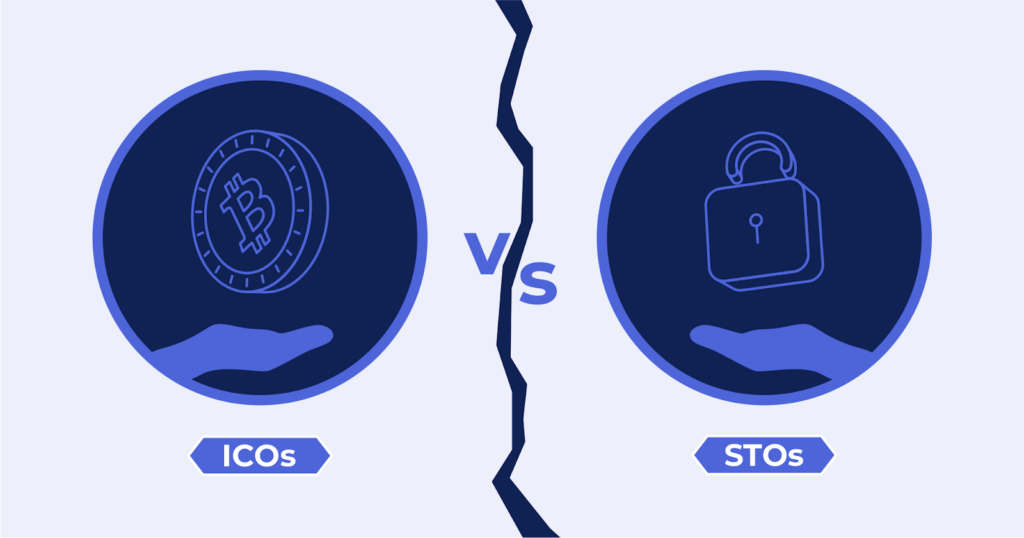
ICOs Vs. STOs: Which is better for your fundraising?
ICOs exploded in popularity due to their ability to raise funds rapidly. However, they’ve faced significant regulatory scrutiny due to concerns about investor protection. On the other hand, STOs provide a safer and more sustainable model for both companies and investors.
Not only are STOs more regulated, but they also offer investors more value with their real-world backed assets/tokens. Since tokens are linked to real assets, it makes the fundraising process structured and sustainable.
Therefore, STOs, with their emphasis on compliance and asset-backed securities, are currently the best way to fundraise in Web3 with token issuance. Check out this article to understand how STOs can help you raise capital and help your Web3 company.
Before Funding: Pre-Fundraising Checklist
Understand Value Proposition
In the rapidly evolving Web3 space, it’s crucial to understand the problem you aim to solve clearly. Start by identifying gaps or inefficiencies in the current decentralized ecosystem.
Once you’ve pinpointed the issue, articulate your unique solution and its potential impact. The questions you ask include:
- Do you understand the problem you’re trying to solve?
- How will your product solve this problem?
- Is this solution realistic?
This clarity guides your team and attracts potential investors who see the value in your proposition.
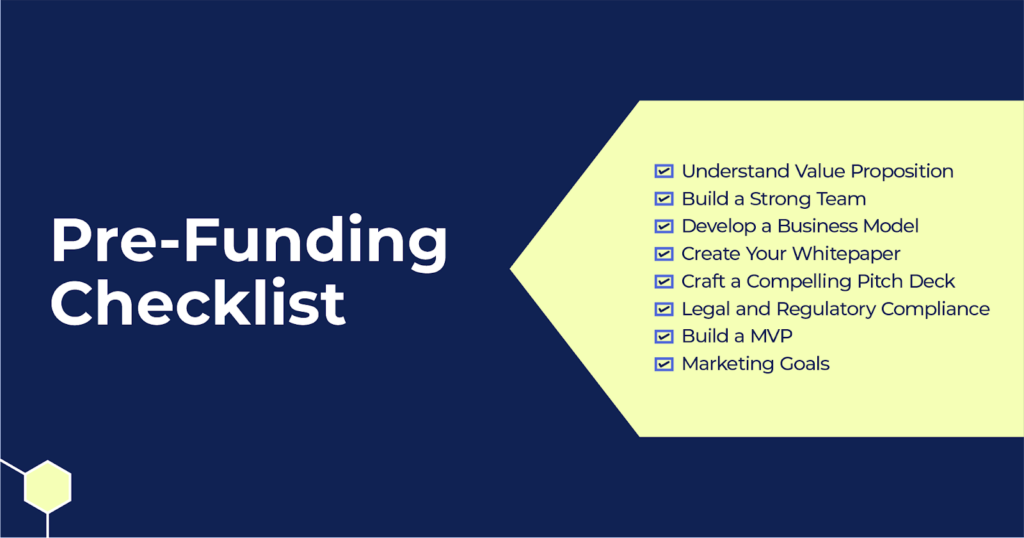
Build a Strong Team
Behind every successful Web3 startup is a diverse and skilled team. Given the technical and innovative nature of the space, roles such as blockchain developers, crypto-economists, and decentralized finance (DeFi) experts become indispensable.
Additionally, having team members with experience in marketing, community engagement, and legal compliance can provide a holistic approach to your startup’s growth.
Develop a Business Model
While the decentralized ethos is about more than just profits, a sustainable business model is vital. Ask yourself:
- How will your company generate revenue?
- Is your business model sustainable in the long run?
Consider the long-term viability of your revenue streams, especially in the volatile crypto market. Additionally, evaluate your solution’s potential growth and scalability in the Web3 market. A robust business model can significantly boost investor confidence.
Prepare Your PPM (Private Placement Memorandum)
The Reg ‘D’ allows companies to offer Web3 companies a way to offer their tokens to investors in the United States without having to register their security with the SEC. While Reg ‘S’ allows companies to offer tokens to investors outside the United States.
Securities offering under the Reg D and Reg S expectation is known as ‘Private Placement’. PPM (Private Placement Memorandum) is one of the two key requirements for a private placement. The second key requirement is the subscription agreement.
A PPM outlines your project’s financials, strategy, and risks; it is a detailed disclosure document meant to give the potential investor all the necessary information about your project. Your PPM should include information about your
- Company’s business plan
- Technical aspects of your project
- Financial plan
- Tokenomics
- Description of the risk associated with investing in the project
- A clear road map
Note that a PPM will contain some legal technicalities and so should be done with the aid of legal counsel, preferably a team with some experience.
Prepare the Subscription Agreement
The subscription agreement is the formal agreement between your company and the investors that outlines the terms and conditions of the STO.
Your subscription agreement should typically contain the following:
- type and number of securities purchased;
- purchase price;
- payment terms;
- delivery date, and
- any restrictions on the transfer of the securities.
Like the PPM, your subscription agreement is a legal document and should be drafted with the help of legal counsel.
Craft a Compelling Pitch Deck
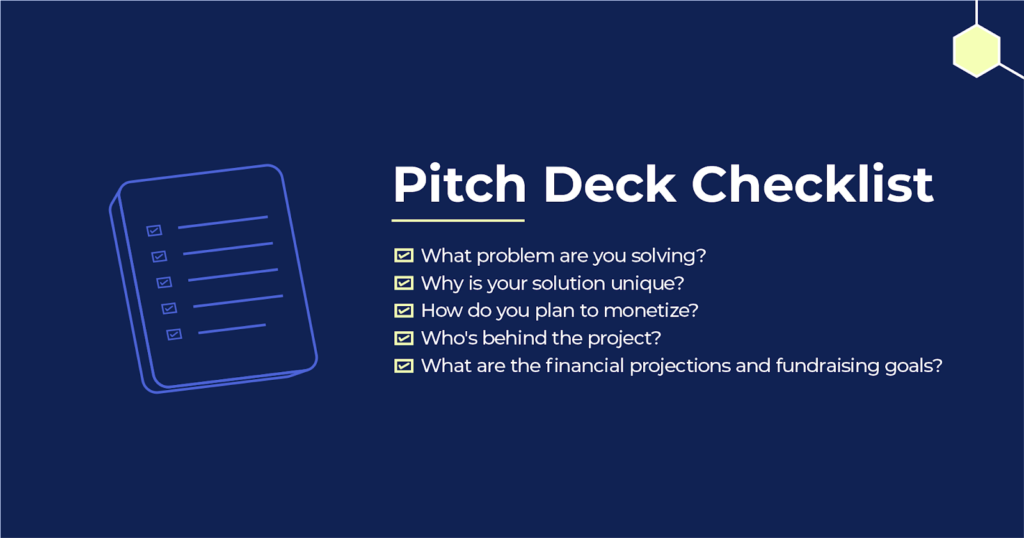
Before diving into the fundraising process, it’s essential to have a compelling pitch deck at your disposal. This visual presentation provides a snapshot of your business, encapsulating everything from your value proposition and business model to your team and financial projections. It should answer the fundamental questions any investor might have:
- What problem are you solving?
- Why is your solution unique?
- How do you plan to monetize?
- Who’s behind the project?
- What are the financial projections and fundraising goals?
Your pitch deck should be concise, visually appealing, and tailored to your audience.
Legal and Regulatory Compliance
This step is an essential step before you start your fundraising, regardless of which fundraising method you use. Before starting anything, you must have all the legal authority/registration for your business.
You may need to engage legal experts familiar with the nuances of ICOs and STOs because the legal landscape for Web3 fundraising is intricate and ever-changing. They’ll guide you in choosing a jurisdiction favorable to your fundraising method, ensuring you adhere to all regulatory requirements.
Remember, while ICOs offer rapid fundraising, they have significant legal risks. STOs, being more compliant, might involve a lengthier preparation but offer more security in the long run. It is also important to note that each country’s regulation scene might differ, so ensure you’re in line with the country’s requirements.
US-registered companies must register with the SEC or make the offering using an SEC exemption before doing the raise. This may be quite challenging for new founders and companies; therefore, we have assembled a team to help the project raise capital from start to finish. INX is the first company in history to launch a regulated security token offering, successfully raising over $86 million with the STO in 2021. Since then, we have been working with teams and helping them create regulated security token offerings.
Define Fundraising Goal
Before embarking on your fundraising journey, clarity is crucial. Determine how much capital you need to raise to achieve your project’s milestones. This will guide your decision between an ICO or STO, depending on your project’s nature, goals, and risk appetite.
Develop Your Tokenomics
The project’s tokenomics simply provides the model for your security tokens’ supply and demand. You want to focus mainly on two things at this step:
- What financial benefit will your investors get? Equity, profit share, or revenue share?
- Utility: What utility benefits or rights does the token grant its holders? Early access? Discounted prices? community membership and voting rights?
The answers to these questions will also help design your tokenomics model. At this stage, you should also develop information about your:
- Total supply
- Token allocation,
- Demand drivers: What will drive the demand for your token?
- Vesting period
- Token security: What consensus mechanism will the token use Proof-of-Work? Proof-of-Stake?
- Token distribution
You also have to consider your tokenization process; how do you plan to bridge your real-world on-chain? Here is a checklist we compiled to help with your asset tokenization process.
Design Your Go-To-Market (GTM) Strategy
A well-crafted GTM strategy facilitates a successful product launch and ensures sustained growth and adoption in the competitive Web3 market. Here are some
Build a Prototype/MVP (Minimum Viable Product)
An MVP or prototype serves as a proof of concept, demonstrating the feasibility and potential of your solution. At this stage, it’s not just about presenting an idea; it’s about showing that it works.
Also, an MVP allows you to test your product in real-world scenarios. By putting it in the hands of potential users, you can gather invaluable feedback, which can guide further development and refinement. You can identify potential challenges or flaws in your solution early on and address these issues before the full-scale development to save time, money, and resources.
Define Your Go-To-Market Goals
Your project might be groundbreaking, but without effective marketing, it’ll remain unknown. Develop a robust marketing strategy that tells a compelling story about your project. Engage potential investors through social media, webinars, and community forums.
Build anticipation and ensure your project stands out in a crowded market. You can market your project with:
- PR articles on prominent crypto websites
- Podcasts
- YouTube videos
- Events
Market Research
Identify your target audience and understand who your early adopters are. Then determine the most effective channels to reach your audience. This could be through crypto-focused media outlets, blockchain conferences, online communities, or partnerships with other Web3 entities.
Token Sale Checklist
Below is a checklist that can help keep track of your token sales and manage investors. Ensure you inform investors about the vesting period and how long they must wait to get their tokens.
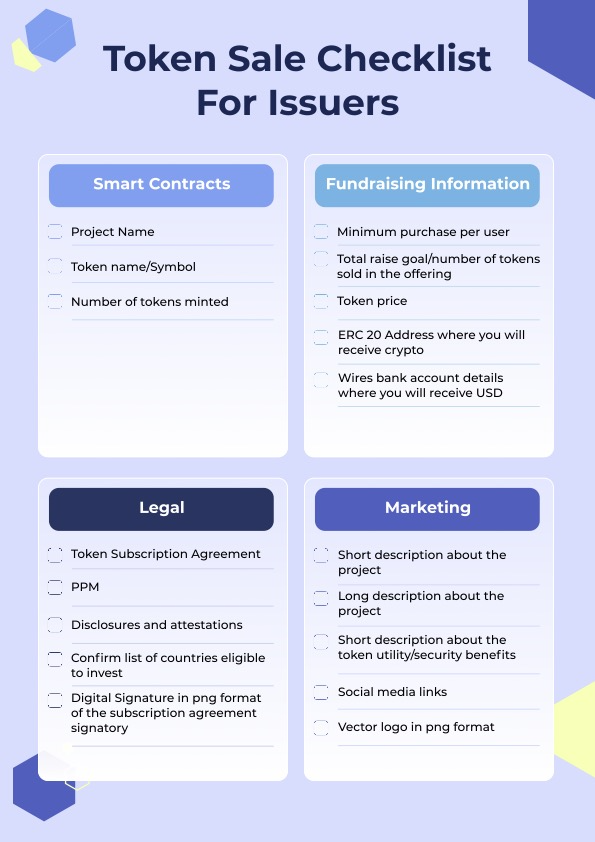
Marketing Requirement for a Successful Fundraising
- Build a Trustworthy Brand: In the decentralized space, trust is paramount. Ensure transparency in all your dealings. Address concerns promptly and maintain open communication channels.
- Build and engage the Community: Harness the power of platforms like Twitter, Telegram, and Discord. Regularly update your community on project developments and foster a sense of belonging and ownership.
- Educational Content and Thought Leadership: The Web3 space is complex. Regularly publish educational content to help your community and potential investors understand your project better. Establish your brand as a thought leader, sharing insights and predictions about the broader Web3 landscape.
- Navigate Marketing Restrictions: Crypto-related advertising faces restrictions on platforms like Google and Facebook. Be aware of these limitations and find innovative ways to reach your target audience. Consider influencer partnerships, content marketing, and community-driven campaigns.
Post-Fundraising Checklist
Your fundraising doesn’t stop after your ICO/STO; you also have to continue to carry your investors and community members along. Here are some things you should keep in mind after your funding period.
Token/Dividend Distribution
The next step after a successful fundraising period is token distribution. Ensure a transparent and efficient distribution process and address any technical issues promptly to maintain investor trust.
Legal Compliance
Your legal obligations don’t end during fundraising. Regulatory landscapes can shift, and it’s essential to stay compliant. Regularly consult with a legal team to ensure the business is always on the right side of the law.
Ongoing Community Engagement
A community is your Web3 project’s most significant asset. Keep them engaged with regular updates, AMAs (Ask Me Anything sessions), and other interactive events. A loyal and engaged community can be your project’s biggest advocate, driving further adoption and success.
Project Development and Milestones
Stick to the project’s roadmap. Deliver on promises and keep the community informed about the project’s progress. Meeting milestones and being transparent about any hiccups will solidify investor trust.
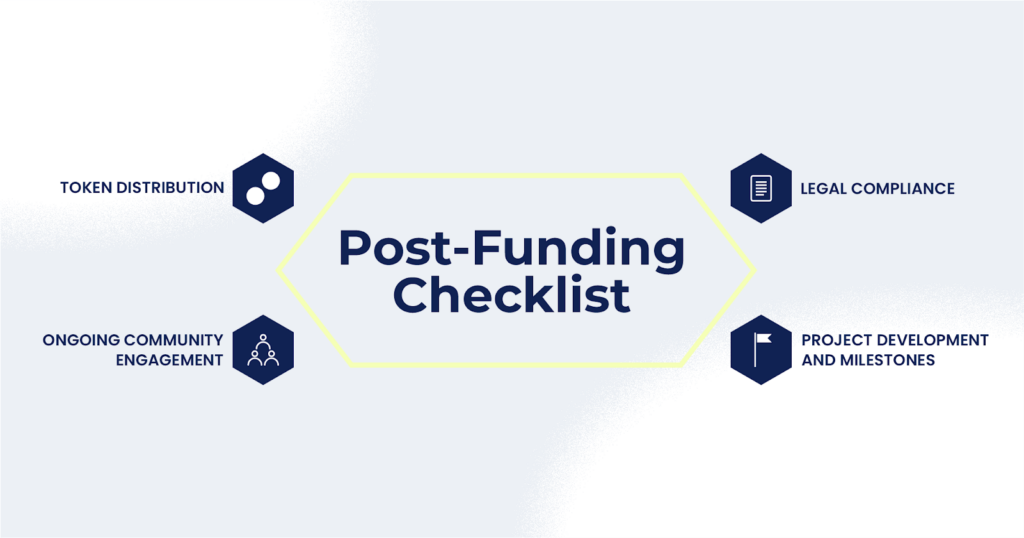
Final Thoughts
Web3 fundraising offers unparalleled opportunities for startups in the decentralized space. However, it requires meticulous planning, a deep understanding of both legal and marketing landscapes, and a commitment to transparency and community engagement. This guide/checklist gives an overview of how to navigate your fundraising process.
The INX Digital Company INC September 19, 2023
The INX Digital Company inc. is an expert in the field of finance, crypto and digital securities.



